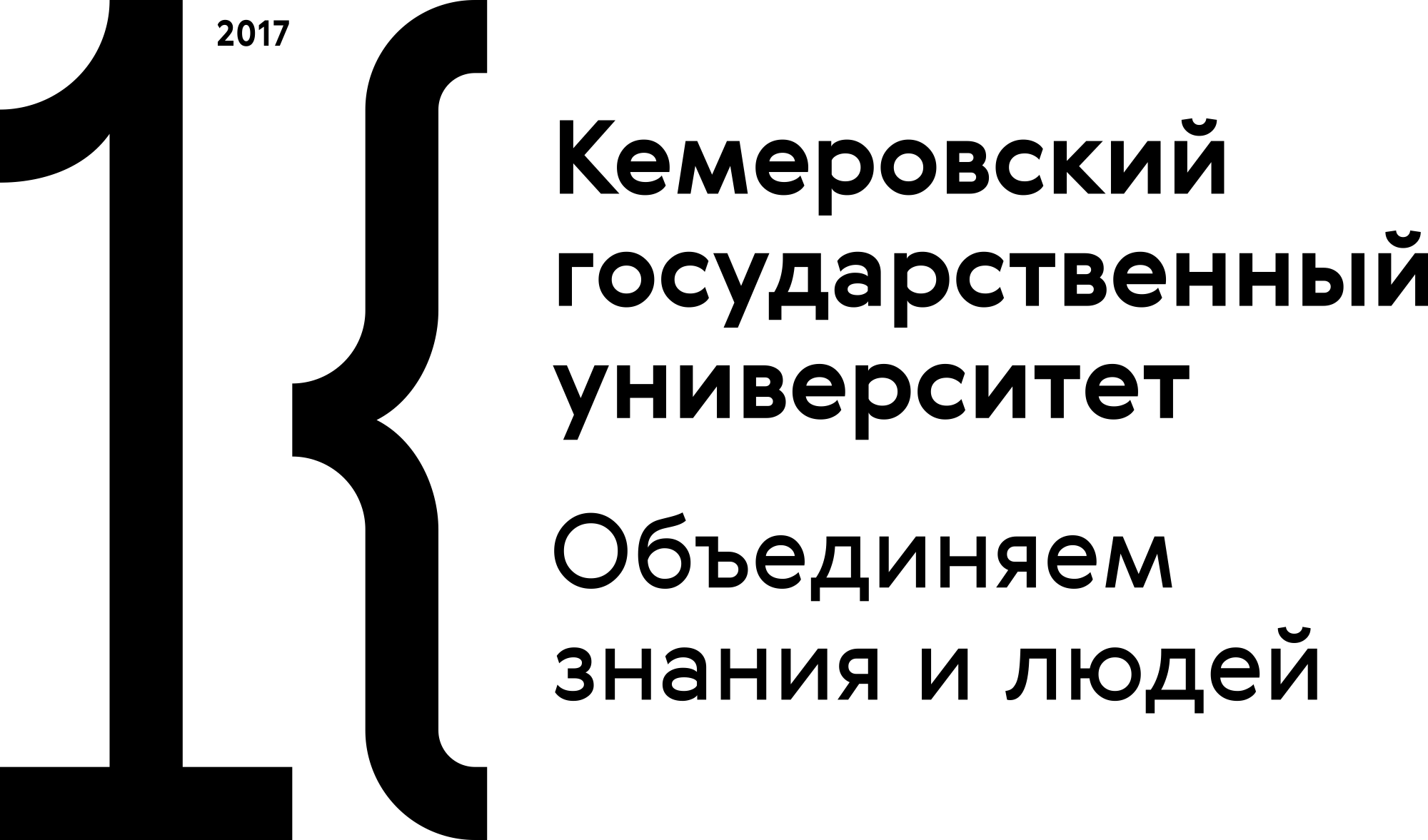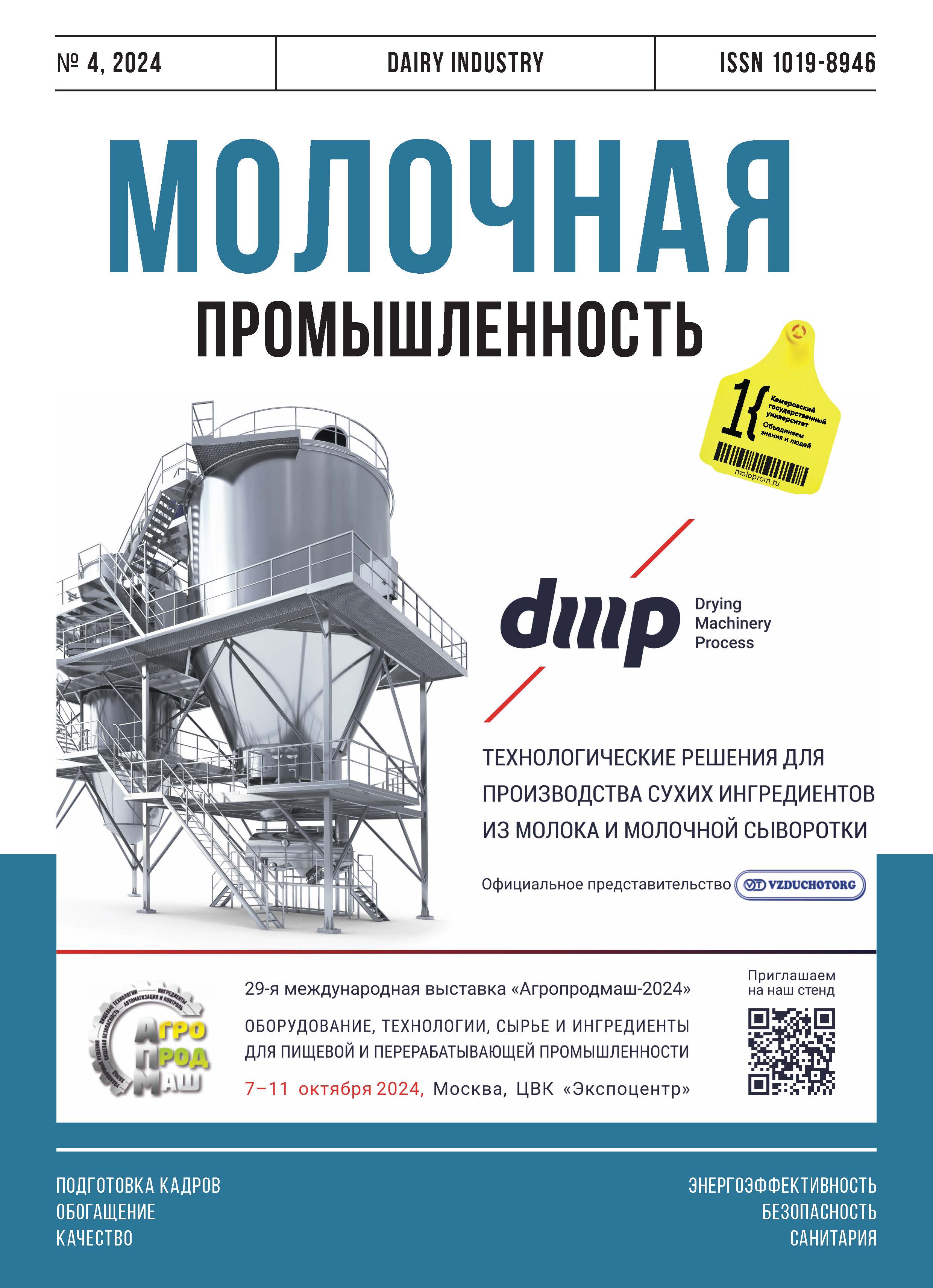Москва, Россия
Москва, Россия
Москва, Россия
Москва, Россия
Москва, Россия
Углич, Россия
Представлены результаты изучения устойчивости к дезинфицирующему средству изолятов рода Pseudomonas, выделенных из молочного продукта с органолептическими изменениями (синий цвет) и с объектов производственной среды. Штаммы микроорганизмов изучали в планктонном и в биопленочном состоянии. Исследовано 5 штаммов. Наблюдали различия в устойчивости к дезинфицирующему средству среди исследованных штаммов в зависимости от форм (планктонная или биопленочная). Большинство изолятов демонстрировали устойчивость к дезинфицирующему средству в состоянии биопленки. Проявление устойчивости штаммов Pseudomonas brenneri, Pseudomonas synxantha и Pseudomonas libanensis напрямую было связана с их способностью образовывать биопленки. Таким образом, при выборе дезинфицирующих средств для профилактического обеззараживания объектов производственной среды необходимо учитывать их антибактериальную активность в отношении биопленочных форм, а также пересмотреть подходы к санитарной обработке на пищевых предприятиях.
биопленки, дезинфекция, устойчивость, порча продуктов, молочные продукты
1. Campbell, C. G. Invited review: The consumer and dairy food waste: An individual plus policy, systems, and environmental perspective / C. G. Campbell, G. L. Feldpausch // Journal of Dairy Science. 2022. V. 105. № 5. Р. 3736–3745. https://doi.org/10.3168/jds.2021-20994
2. Conrad, Z. Relationship between food waste, diet quality, and environmental sustainability / Z. Conrad [et al.] PloS one. 2018. V. 13. № 4. https://doi.org/10.1371/journal.pone.0195405
3. Chierici, M. Strain diversity of Pseudomonas fluorescens group with potential blue pigment phenotype isolated from dairy products / M. Chierici [et al.] // Journal f food protection. 2016. V. 79. № 8. Р. 1430–1435. https://doi.org/10.4315/0362-028X.JFP-15-589
4. Ranieri, M. L. Bacterial ecology of high-temperature, short-time pasteurized milk processed in the United States / M. L. Ranieri, K. J. Boor // Journal of Dairy Science. 2009. V. 92. № 10. P. 4833–4840. https://doi.org/10.3168/jds.2009-2181
5. Martin, N. H. Symposium review: Effect of post-pasteurization contamination on fluid milk quality / N. H. Martin, K. J. Boor, M. Wiedmann // Journal of Dairy Science. 2018. V. 101. № 1. P. 861–870. https://doi.org/10.3168/jds.2017-13339
6. Reichler, S. J. Pseudomonas fluorescens group bacterial strains are responsible for repeat and sporadic postpasteurization contamination and reduced fluid milk shelf life / S. J. Reichler [et al.] // Journal of Dairy Science. 2018. V. 101. № 9. P. 7780–7800. https://doi.org/10.3168/jds.2018-14438
7. López-Fandiño, R. Proteolysis during storage of UHT milk: differences between whole and skim milk / R. López-Fandiño // Journal of Dairy Research. 1993. V. 60. №. 3. P. 339–347. https://doi.org/10.1017/s0022029900027680
8. Cousin, M. A. Presence and activity of psychrotrophic microorganisms in milk and dairy products: a review / M. A. Cousin // Journal of Food Protection. 1982. V. 45. № 2. P. 172–207. https://doi.org/10.4315/0362-028X-45.2.172
9. Griffiths, M. W. Post-pasteurization contamination – the major cause of failure of fresh dairy products / M. W. Griffiths, J. D. Phillips, D. D. Muir // Hannah Res. 1984. V. 1984. P. 77–87. https://doi.org/10.1016/S0723-2020(96)80024-5
10. Moseley, W. K. Pinpointing post-pasteurization contamination / W. K. Moseley // Journal of Food Protection. 1980. V. 43. № 5. P. 414. https://doi.org/10.4315/0362-028X-43.5.414
11. Schröder, M. J. A. Origins and levels of post pasteurization contamination of milk in the dairy and their effects on keeping quality / M. J. A. Schröder // Journal of Dairy Research. 1984. V. 51. № 1. Р. 59–67. https://doi.org/10.1017/S0022029900023323
12. Wiedmann, M. Molecular and phenotypic characterization of Pseudomonas spp. isolated from milk / M. Wiedmann // Applied and Environmental Microbiology. 2000. V. 66. № 5. Р. 2085–2095. https://doi.org/10.1128/AEM.66.5.2085-2095.2000
13. Rossi, C. Biofilm formation, pigment production and motility in Pseudomonas spp. isolated from the dairy industry / C. Rossi [et al.] / Food Control. 2018. V. 86. Р. 241–248. https://doi.org/10.1016/j.foodcont.2017.11.018
14. Caputo, L. Pepsin-digested bovine lactoferrin prevents Mozzarella cheese blue discoloration caused by Pseudomonas fluorescens / L. Caputo [et al.] // Food Microbiology. 2015. V. 46. Р. 15–24. https://doi.org/10.1016/j.fm.2014.06.021
15. Cenci-Goga, B. T. Evolution under different storage conditions of anomalous blue coloration of Mozzarella cheese intentionally contaminated with a pigment-producing strain of Pseudomonas fluorescens / B. T. Cenci-Goga [et al.] // Journal of Dairy Science. 2014. V. 97. № 11. Р. 6708–6718. https://doi.org/10.3168/jds.2014-8611
16. Carrascosa, C. Blue pigment in fresh cheese produced by Pseudomonas fluorescens / C. Carrascosa [et al.] // Food Control. 2015. V. 54. Р. 95–102. https://doi.org/10.1016/j.foodcont.2014.12.039
17. Cherif-Antar, A. Diversity and biofilm-forming capability of bacteria recovered from stainless steel pipes of a milk-processing dairy plant / A. Cherif-Antar [et al.] // Dairy Science & Technology. 2016. V. 96. Р. 27–38. https://doi.org/10.1007/s13594-015-0235-4
18. Knight, G. A. Innovation, organizational capabilities, and the born-global firm / G. A. Knight, S. T. Cavusgil // Journal of International Business Studies. 2004. V. 35. P. 124–141. https://doi.org/10.1057/palgrave.jibs.8400071
19. Ronimus, R. S. A RAPD-based comparison of thermophilic bacilli from milk powders / R. S. Ronimus [et al.] // International Journal of Food Microbiology. 2003. Т. 85. V. 1–2. P. 45–61. https://doi.org/10.1016/S0168-1605(02)00480-4
20. Macleod, S. M. Species interactions in mixed-community crystalline biofilms on urinary catheters / S. M. Macleod, D. J. Stickler // Journal of Medical Microbiology. 2007. V. 56. № 11. P. 1549–1557. https://doi.org/10.1099/jmm.0.47395-0
21. Ivnitsky, H. Bacterial community composition and structure of biofilms developing on nanofiltration membranes applied to wastewater treatment / H. Ivnitsky [et al.] // Water Research. 2007. V. 41. № 17. Р. 3924–3935. https://doi.org/10.1016/j.watres.2007.05.021
22. Friedlander, A. Preventing biofilm formation by dairy-associated bacteria using peptide-coated surfaces / A. Friedlander [et al.] // Frontiers in Microbiology. 2019. V 10. P. 1405. https://doi.org/10.3389/fmicb.2019.01405
23. O'Toole, G. Biofilm formation as microbial development / G. O'Toole, H. B. Kaplan, R. Kolter // Annual Reviews in Microbiology. 2000. V. 54. № 1. P. 49–79. https://doi.org/10.1146/annurev.micro.54.1.49
24. Rozman, U. Reduced susceptibility and increased resistance of bacteria against disinfectants: A systematic review / U. Rozman // Microorganisms. 2021. V. 9. № 12. P. 2550. https://doi.org/10.3390/microorganisms9122550
25. Wang, H. Biofilm formation by meat-borne Pseudomonas fluorescens on stainless steel and its resistance to disinfectants / H. Wang // Food Control. 2018. V. 91. P. 397–403. https://doi.org/10.1016/j.foodcont.2018.04.035
26. Dogan, B. Genetic diversity and spoilage potentials among Pseudomonas spp. isolated from fluid milk products and dairy processing plants / B. Dogan, K. J. Boor // Applied and Environmental Microbiology. 2003. V. 69. № 1. P. 130–138. https://doi.org/10.1128/AEM.69.1.130-138.2003
27. Zarei, M. High biofilm-forming Pseudomonas strains isolated from poultry slaughterhouse surfaces: Their importance in the persistence of Salmonella enteritidis in slaughterhouses / M. Zarei // International Journal of Food Microbiology. 2023. V. 390. P. 110126. https://doi.org/10.1016/j.ijfoodmicro.2023.110126
28. Bryers, J. D. Biofilms II Process analyses and applications / J. D. Bryers. – John Wiley & Sons: New York, 2000. – P. 45–88.
29. Wang, H. Biofilm formation by meat-borne Pseudomonas fluorescens on stainless steel and its resistance to disinfectants / H. Wang [et al.] / Food Control. 2018. V. 91. P. 397–403. https://doi.org/10.1016/j.foodcont.2018.04.035
30. Jha, P. K. Formation and resistance to cleaning of biofilms at air-liquid-wall interface. Influence of bacterial strain and material / P. K. Jha [et al.] // Food Control. 2020. V. 118. P. 107384. https://doi.org/10.1016/j.foodcont.2020.107384
31. Wang, R. Mixed biofilm formation by Shiga toxin–producing Escherichia coli and Salmonella enterica serovar Typhimurium enhanced bacterial resistance to sanitization due to extracellular polymeric substances / R. Wang // Journal of Food Protection. 2013. V. 76. № 9. P. 1513–1522. https://doi.org/10.4315/0362-028X.JFP-13-077
32. Yushina, Y. K. Evaluation of approaches to increase the effectiveness of various disinfectants against biofilm communities of different ages / Y. K. Yushina // Theory and practice of meat processing. 2024. V. 8. № 4. P. 273–281. https://doi.org/10.21323/2414-438X-2023-8-4-273-281






